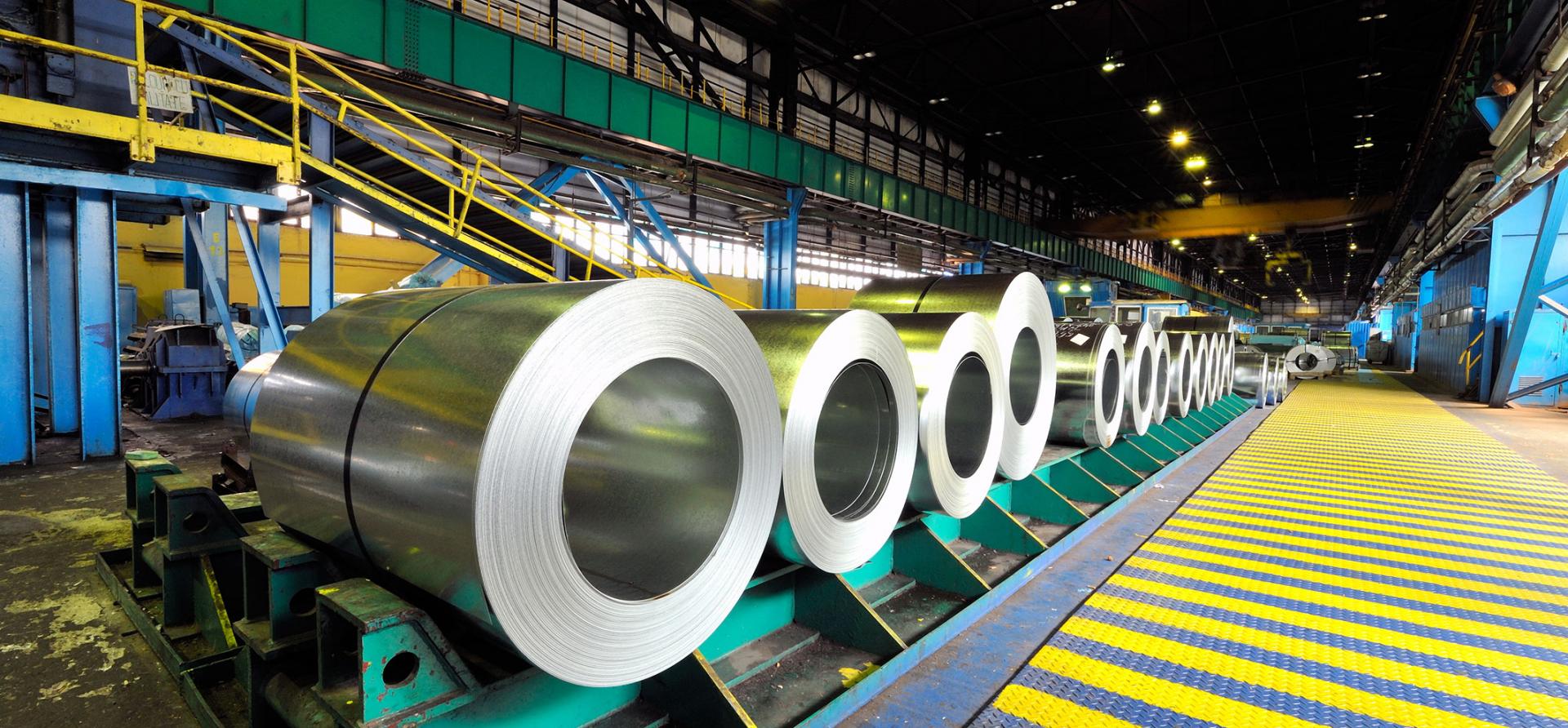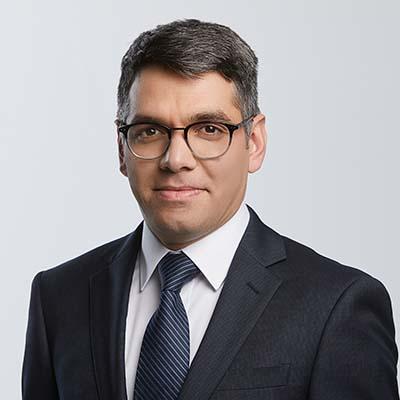Green finance has begun to flow into green steel funding

Key Findings
The first green steel production movers are now backed by banks and credit guarantors.
Europe is leading the way as it continues to shift from announcements and pilot projects to investment and funding decisions.
Demand for fossil-free steel could spur more financial institutions to support green steel projects.
The role of financiers in greening steel is at a critical juncture. With the high cost of transition towards green steel initiatives beyond most steel producers’ internal resources, more finance is needed to accelerate this transition.
The role of financiers in greening steel is at a critical juncture.
Europe is leading the way as it continues to shift from announcements and pilot projects to investment and funding decisions. The first green steel production movers are now backed by banks and credit guarantors.
In October, Swedish steel venture H2 Green Steel – founded in 2020 – announced that some of the most prominent European financial institutions have decided to support the hydrogen-based steel plant construction in northern Sweden.
The promised €3.3 billion in senior debt from a consortium of banks clearly shows the financiers’ interests in bolstering decarbonisation initiatives in the steel sector. The project was also supported by a €0.75 billion senior loan from the European Investment Bank and another €0.5 billion in junior debt.
Trade credit insurer Euler Hermes and the Swedish National Debt Office issued two letters of intent to provide export credit-linked guarantees of €1.5 and €1billion, respectively.
The green steel start-up aims to finance around two-thirds of the total €5 billion needed for the new hydrogen-based steelmaking plant in Boden, Sweden, where site preparation began in July. The greenfield integrated steel mill with an annual capacity of 2.5 million tonnes is set to commence by 2025 and double its capacity by 2030.
The H2 Green Steel announcement follows investment decisions in Germany. In October 2022, ThyssenKrupp announced a €2 billion investment in its ambitious decarbonisation plan to replace the first of four blast furnaces using hydrogen-based direct reduced iron technology.
This followed board approval for Saltzgitter’s shift from blast furnaces to low-carbon direct reduced iron processes in July 2022. Both the Saltzgitter and ThyssenKrupp projects are subject to public funding.
Some of the banks involved in the H2 Green Steel financing were also among six banks that launched a climate-aligned, steel sector finance agreement in September 2022.
The Sustainable STEEL Principles (SSP) is a new framework for banks to work with steel producers towards alignment with climate targets. This framework enables banks to set meaningful emissions reduction targets and assess and disclose emissions of their steel-related loans.
The framework was developed by RMI in collaboration with six leading bank lenders to the steel sector comprising Citi, Crédit Agricole CIB, ING, Societe Generale, Standard Chartered and UniCredit. These banks represent $23 billion of committed lending to the steel sector.
All of these announcements come during the unprecedented global energy crisis. While some of the largest steelmakers in Europe are struggling with expensive fossil fuels to keep their operations up and running, financing green steel projects signals real strides in the transition to sustainable resources and fossil-free steel.
Some steel producers have pledged to meet Paris Agreement targets and be carbon neutral by 2050. Transition to green steel needs mammoth global investment. Wood Mackenzie estimates $1.4 trillion is required to decarbonise the iron and steel sector by 2050, almost the same amount reported by the International Energy Agency under the sustainable development scenario in its iron and steel technology roadmap.
Demand for fossil-free steel could spur more financial institutions to support green steel projects.
Demand for fossil-free steel could spur more financial institutions to support green steel projects.
H2 Green Steel has presold 60% of the project’s total 2.5 million tonnes annual production capacity in the first phase. Buyers like BMW and even home appliance manufacturer Miele are willing to pay a premium for green steel. Mercedes went one step further and took an equity stake in H2 Green Steel in 2021.
ThyssenKrupp and Saltzgitter signed agreements in October 2022 for the supply of green steel to carmaker Ford.
These customer commitments help ensure the necessary cash flow that can reduce investment risk and bring some level of surety to lenders.
While setting a robust ESG platform and sustainable finance for funding green steel projects is still in its infancy, projects like H2 Green Steel show the winds of change are blowing through the industry.















